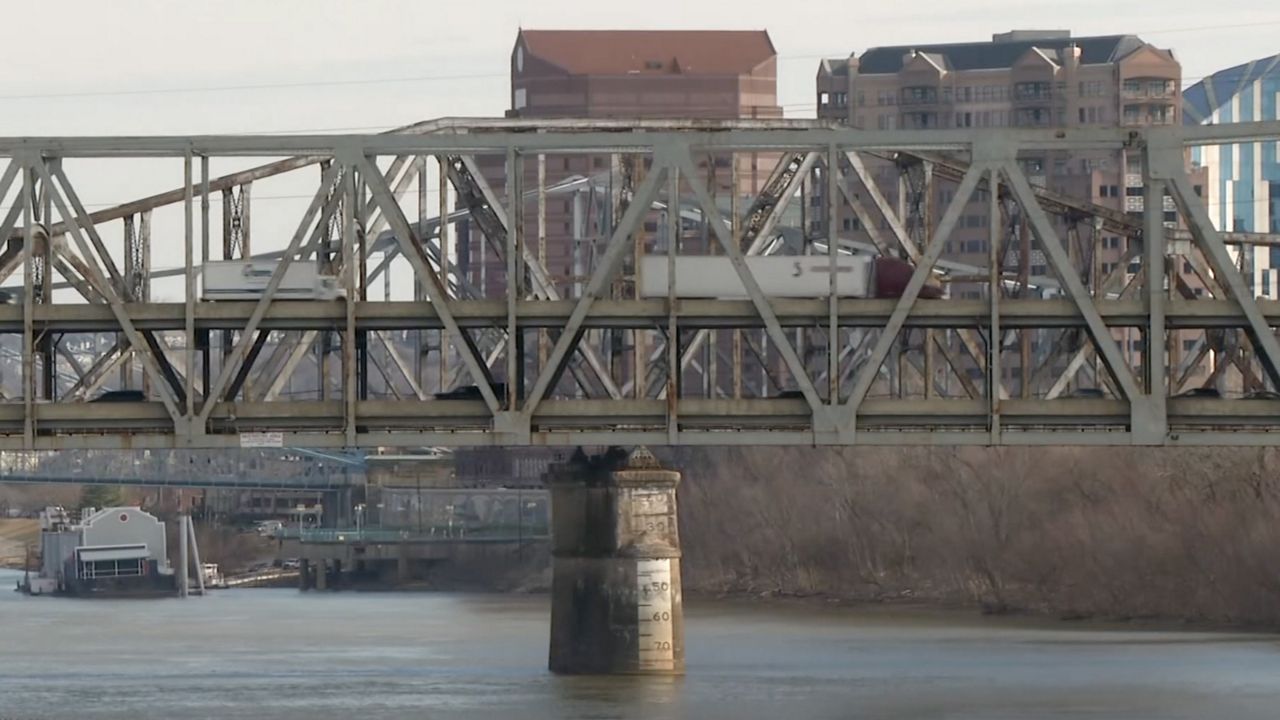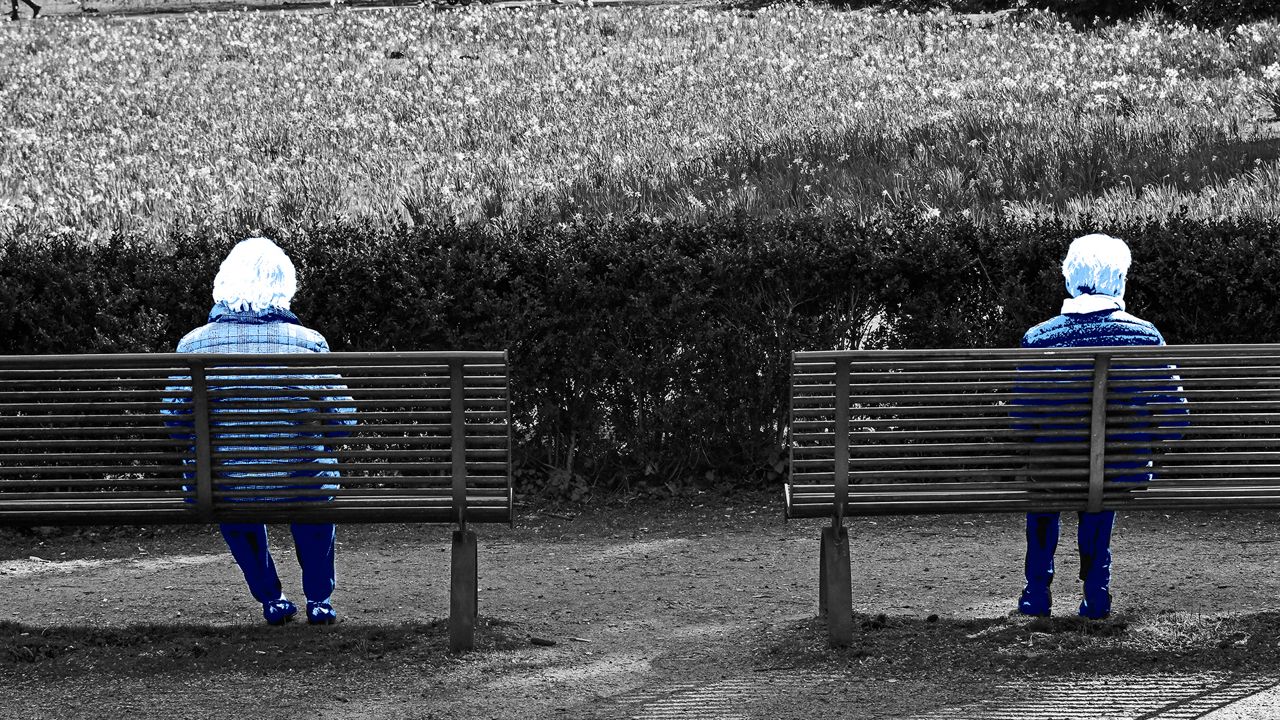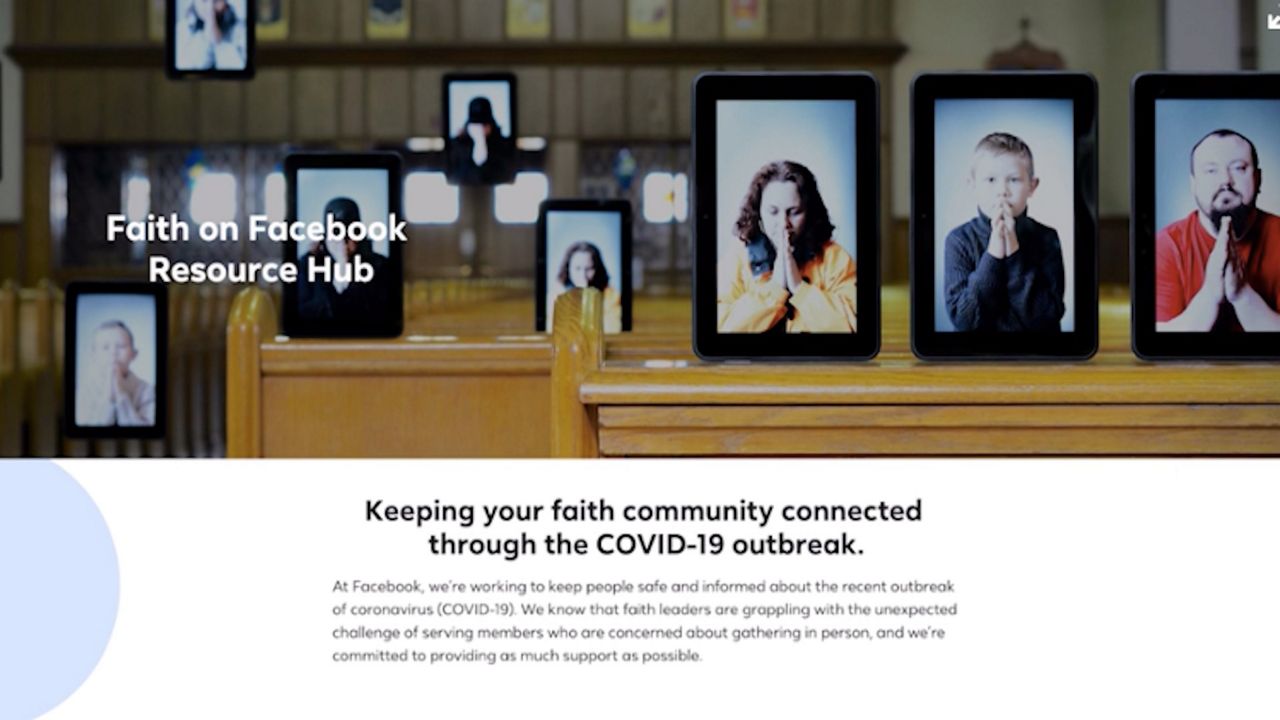WASHINGTON, D.C. — So much news about the coronavirus pandemic is coming from cities across Ohio and the country, but the rural communities that dot the Buckeye State’s landscape are fighting this virus with one hand tied behind their back.
- Rural Ohio faces broadband and medical care challenges
- Over 800,000 Ohioans don’t have access to reliable internet
- Rep. Bill Johnson says Washington is taking it seriously
“I stay on the phone, literally, from about 7:30 in the morning until about 7:30 at night,” Representative Bill Johnson (R, 6th Congressional District) said in a recent Skype interview.
Johnson represents Ohio’s 6th Congressional District, which hugs almost the entire eastern side of the state and neighbors Pennsylvania, West Virginia and Kentucky — 18 counties in total, and very rural.
While the number of coronavirus cases in these parts of Ohio isn’t as high as in the cities, life is still changing in serious ways for the nearly 2.4 million Ohioans who call rural communities home.
“Most of our kids throughout my region of the state do not have access to broadband internet, certainly not at the speeds that would be needed to conduct online learning,” Johnson said.
With students stuck at home and many adults being told to work remotely, the digital divide out in rural areas is a huge problem.
Data company BroadbandNow ranks Ohio 25th in the country for access to broadband, but in parts of Johnson’s district, like Monroe County, only 27 percent of people have access to what the government considers accessible levels.
The company also says over 800,000 Ohioans don’t have access to reliable internet, at all.
“This pandemic has, by far, put a new lens on those challenges,” said Doug Miller, the vice president of statewide services for Ohio’s Electric Cooperatives.
The state’s 24 co-ops provide electricity to over 400,000 meters throughout the state.
I asked Miller if anything can be done in the immediate future to help those stuck at home without a reliable internet connection.
"In the short term, you know there’s really not a lot that can be done,” he said. “But in the long term, we are going to continue to work with our state and federal government to create access to funds so that we do bridge that digital divide between the urban and rural areas.”
Another issue facing rural Ohio is access to medical care.
If you don’t have reliable internet, you can’t use Telehealth to see your doctor by video.
And recent data says Ohio has only 33 hospitals in rural parts of the state and 53 rural health clinics — some of which, as Senator Rob Portman (R-Ohio) told me, are struggling.
“Some of the rural hospitals in Ohio tell me they have two, maybe three weeks of cash reserves left and then they’re going to have to close their doors,” Portman said in a recent phone interview. "That can’t happen.”
Rep. Johnson said he feels the powers that be in Washington are actively working to fix some of these challenges, but he said his constituents in rural Ohio simply want a plan laid out to them.
“They want clarity on how to get access to the help that they’ve been told is coming their way,” he said.
Johnson said he’s working with the Federal Communications Commission to try to fast-track the release of billions of dollars in what’s called the “Rural Digital Opportunity Fund” to help lessen the digital divide.
Portman pointed out that the recent coronavirus relief package passed by Congress allocated $100 billion to hospitals.









